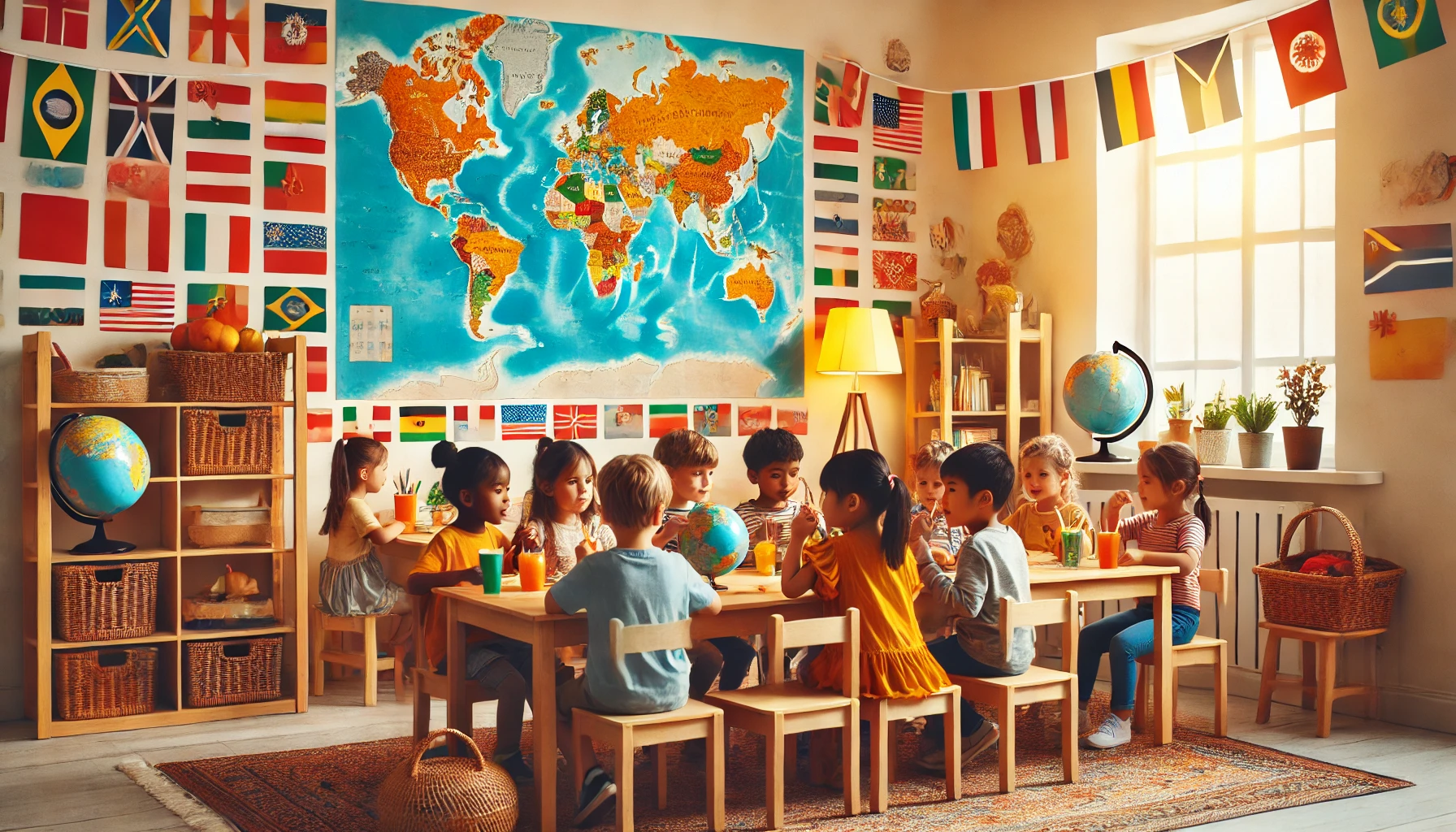How to Teach Young Children About Respecting Differences and Diversity
Teaching young children to respect differences and appreciate diversity helps them develop empathy, kindness, and a broader understanding of the world. When kids learn to value people of different backgrounds, cultures, and abilities, they build stronger friendships and grow into more inclusive individuals. Parents can encourage this learning through conversations, books, and real-life experiences. In this article, we’ll explore practical ways to help children embrace diversity and respect differences.
Why Teaching Respect for Differences is Important
- Encourages empathy and understanding – Helps children appreciate different perspectives.
- Builds strong social skills – Teaches kids to be kind and inclusive in friendships.
- Prepares for a diverse world – Helps children feel comfortable in multicultural environments.
- Reduces prejudice and stereotypes – Encourages open-mindedness and fairness.
- Promotes acceptance and respect – Teaches children to celebrate differences rather than fear them.
1. Model Inclusive and Respectful Behavior
Children learn by watching how adults treat others.
Activity Idea:
- Use respectful language when talking about different cultures, abilities, or backgrounds.
- Show curiosity and appreciation for diversity: “That’s an interesting tradition! Let’s learn more about it.”
- Introduce children to people from diverse backgrounds through friends, books, and experiences.
What Kids Learn:
- That everyone deserves respect, no matter their differences
- How to approach diversity with curiosity and kindness
- The importance of treating everyone fairly
2. Read Books That Celebrate Diversity
Stories help children relate to characters from different backgrounds and experiences.
Activity Idea:
- Read books like All Are Welcome by Alexandra Penfold or The Name Jar by Yangsook Choi.
- After reading, ask, “What did you learn about different cultures or experiences?”
- Encourage children to describe what makes them unique and special.
What Kids Learn:
- That diversity makes the world more interesting and beautiful
- How to appreciate and respect cultural differences
- That everyone has a unique story worth celebrating
3. Teach the Importance of Kindness and Inclusion
Helping children recognize how their words and actions affect others fosters inclusivity.
Activity Idea:
- Role-play how to include a new friend at school.
- Practice introducing themselves to someone new: “Hi! What’s your name? Want to play together?”
- Discuss how it feels to be left out and why including others matters.
What Kids Learn:
- That kindness makes others feel welcome and valued
- How to include and support others, even if they are different
- The importance of being a friend to everyone
4. Celebrate Different Cultures Through Activities and Food
Experiencing diversity through fun activities makes learning engaging and meaningful.
Activity Idea:
- Try foods from different countries and talk about their origins.
- Learn simple words from different languages, like saying “hello” in Spanish (hola) or French (bonjour).
- Explore cultural music, dances, and art from around the world.
What Kids Learn:
- That different cultures have rich traditions and customs
- How diversity makes life more colorful and exciting
- That learning about others helps build understanding and respect
5. Encourage Questions and Open Conversations
Children are naturally curious, and answering their questions honestly helps them learn.
Activity Idea:
- If a child asks about a cultural or physical difference, answer with positivity:
- “People have different skin colors because of where their families are from. Isn’t that amazing?”
- “Some people use wheelchairs to move around, just like we use our legs.”
- Encourage curiosity with books, documentaries, and experiences.
What Kids Learn:
- That differences are natural and interesting
- How to ask questions respectfully
- The value of learning from others
6. Teach Children to Stand Up Against Unkindness
Encouraging children to speak up when they see unfair treatment helps them become allies.
Activity Idea:
- Role-play situations where someone is being left out and discuss how to help.
- Teach simple phrases like “That’s not kind” or “Everyone should be included.”
- Encourage children to be kind leaders by setting an example of respect.
What Kids Learn:
- That kindness and fairness are always the right choices
- How to support others when they see unfairness
- The importance of treating everyone with dignity
7. Expose Children to Different Experiences and Perspectives
Providing real-life experiences with diverse people and places makes learning more impactful.
Activity Idea:
- Visit cultural festivals, museums, or community events.
- Watch children’s movies that feature different cultures and traditions.
- Encourage friendships with kids from different backgrounds at school or in activities.
What Kids Learn:
- That diversity is part of everyday life
- How learning about others leads to new friendships
- The importance of respecting traditions and customs different from their own
8. Praise and Reinforce Respectful Behavior
Recognizing when children show respect and inclusivity motivates them to continue.
Activity Idea:
- Say, “I love how you welcomed your new friend today. That was very kind!”
- Create a “Respect Chart”, where kids earn a star for showing kindness to someone different from them.
- Ask, “How did it feel to learn something new about someone today?”
What Kids Learn:
- That respecting others is valued and important
- How small acts of kindness create a more inclusive world
- The confidence to celebrate and embrace differences
Final Thoughts
Teaching young children about respecting differences and diversity helps them develop empathy, kindness, and a more inclusive mindset. By modeling respect, celebrating cultural traditions, and encouraging open conversations, parents can help children grow into accepting and compassionate individuals.
